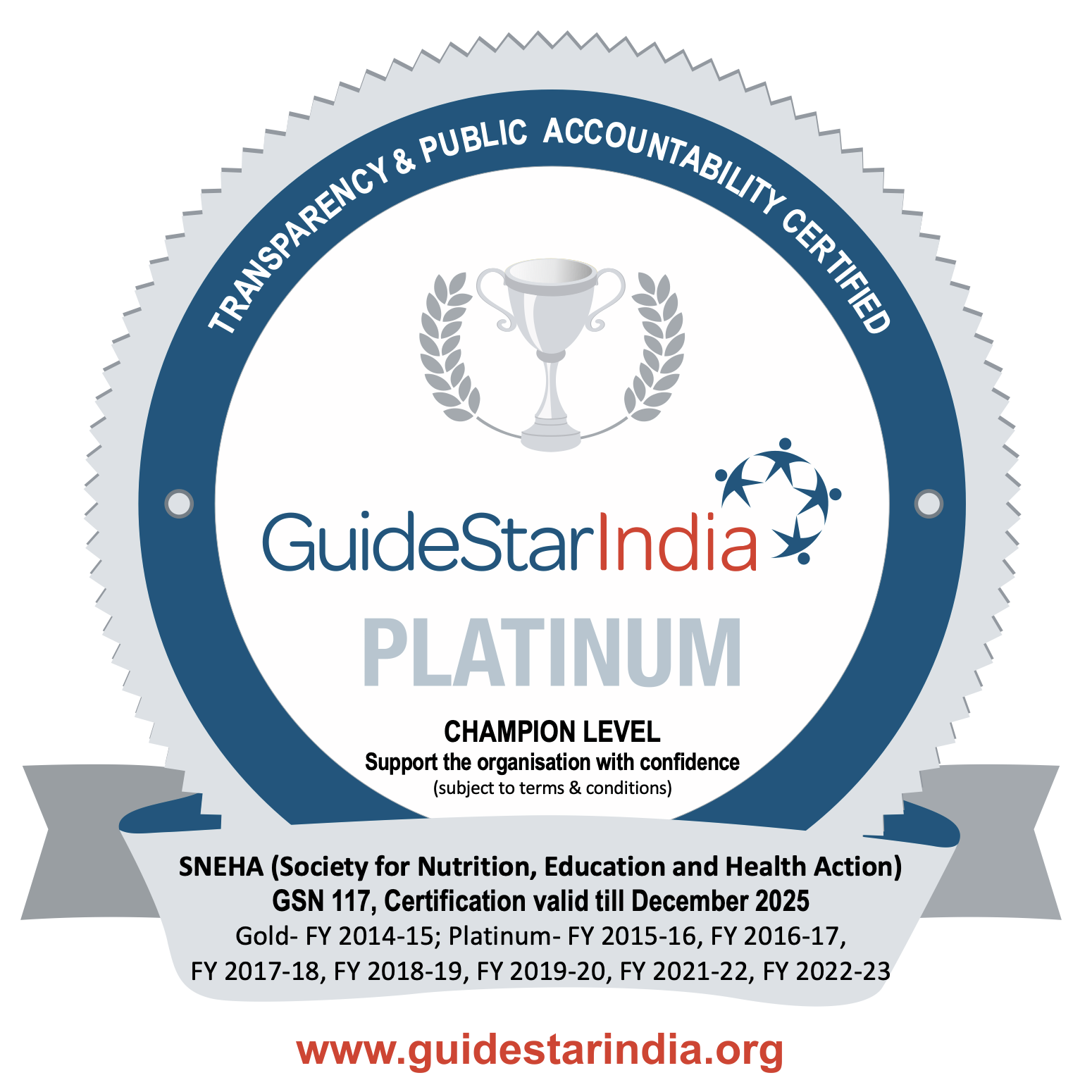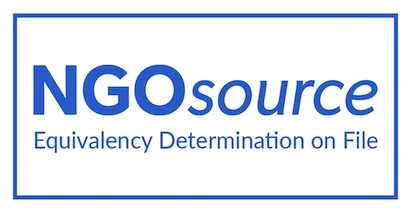Unseen Impact: How a Maternal Clinic Builds More Than Just Health
Jun 30 2025 / Posted in Health
- Tanisha Dassani
The heat had started to get to me, and my legs were rebelling against the physical toll of the day. I spotted an empty bench in the clinic, right across from a row full of patients. Finally, I had a moment to take a short break after what had been a long day of exploring the Public System Partnership programme with our team. A woman sitting directly across from me—probably in her early forties—was accompanied by her daughter, who couldn’t have been more than seven. She approached me and asked a question in Marathi, pointing to my phone, on which the camera app was still open. Confused, I asked her to repeat herself. She replied, “Aap iss field main kaise aaye?”
A little dumbfounded, I asked her what she was referring to. She wanted to know what kind of education I had pursued to get a job as a professional photographer—which I’m not, but I might have seemed like one since my team members were carrying DSLR cameras. She wondered if it was perhaps through the field of biology or something else. She wanted to know where and what I had studied in college.
As a first-year undergrad with little to no experience in photography, I was not exactly equipped to explain to her how one becomes a professional photographer. However, I felt responsible for sharing what I was doing and why I was in Bhiwandi, taking photographs of a maternal clinic. After all, since my internship began, this was my first field visit and one of my earliest interactions with locals impacted by the clinic’s efforts to make healthcare more accessible throughout childbirth and to support mothers during the pre- and post-natal phases of their pregnancies.
The minute I walked into that clinic, I knew the work they were doing was highly impactful—I certainly didn’t need any numerical data to prove it. It was one o’clock, lunchtime for most, but the clinic was brimming with mothers and mothers-to-be. Women were getting their blood tested, weight and blood pressure measured, and medicines prescribed. When I inquired about their daily working hours, I realized the clinic had officially closed thirty minutes earlier, but the staff didn’t seem to mind checking a few more patients.
I had a brief conversation with that woman. I told her I was there to interview and photograph Mahila Arogya Samiti (MAS) members, as well as SNEHA and ASHA workers, documenting everything as we went. I explained that I was a student in the field of humanities, and how photography could be an achievable path through my course. She told me she was at the clinic for her second pregnancy and that she was already accustomed to the process and the people there, having been with them during her first one.
In that moment, I realized that multiple conversations surrounded us. Right next to me, three women of completely different ages were discussing how it’s best to fit in a nap during the afternoon at a certain stage of pregnancy. Meanwhile, a doctor with her stethoscope in hand was gently reprimanding a new mother, reminding her to always make a note of her physical changes and to carry her records with her to ensure consistent treatment.
Apart from the direct, highly measurable impact of their work in treating women, the clinic’s efforts had multiple indirect, ancillary results. All the places we visited had become communities where women had a chance to go beyond what was guaranteed. They could find comfort in friendships, livelihood through volunteering, and greater access to information about resources, education, or aid.
I observed how many volunteers and ASHA workers were able to build strong connections with the patients they met frequently. This confirmed another hypothesis I had: women who were more exposed to such programmes were more confident in seeking out and being open to other opportunities in life. This confidence manifested in routine, seemingly inconsequential tasks, such as not being camera-shy and posing for pictures, willingly giving interviews, introducing themselves, and more. Furthermore, various cases have shown that it is these confident women who often take on larger helping roles, such as community volunteers or representatives.
When I initially joined as an intern with a limited skill set, I was skeptical about whether I would be able to contribute productively to SNEHA’s work. This experience has reinforced and solidified a pre-existing belief: that even the smallest help and the right intentions can have positive impacts. In the case of this programme, every action often has a larger and similar reaction.
I knew that my motivation would be purely intrinsic because I was working towards a cause that supports women. Similarly, I believe everyone can find their calling or niche and support a local health initiative or volunteer in their communities, irrespective of the size and scale of their effort—because even the smallest ones count! I am eternally thankful that my first experience was with SNEHA on such brilliant programmes.
Share:















